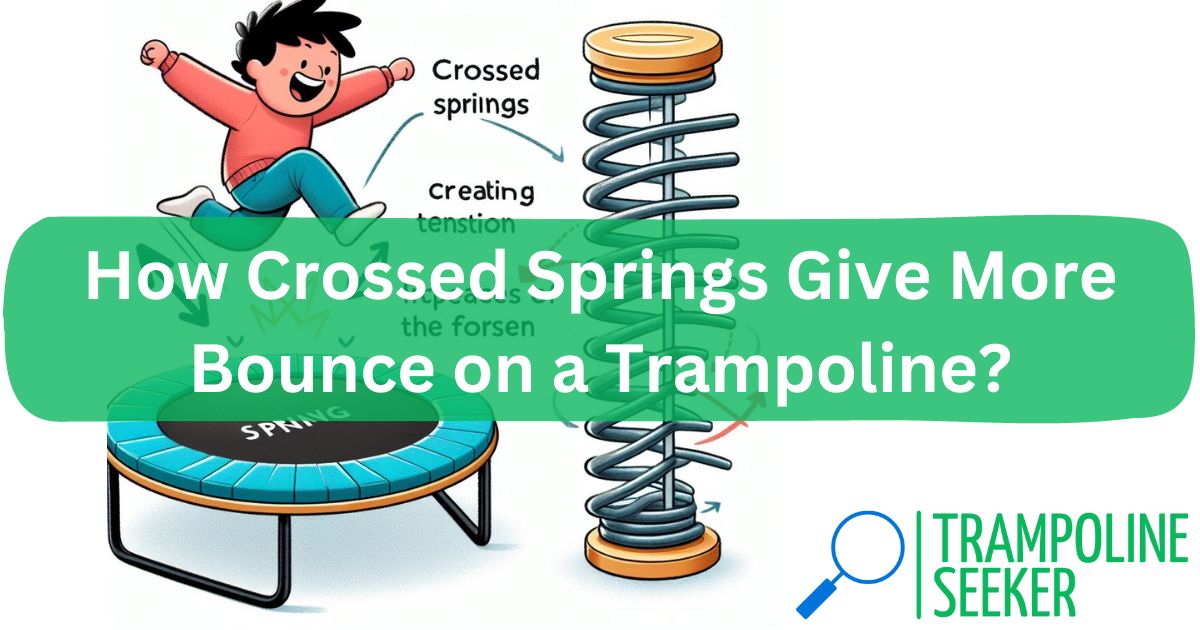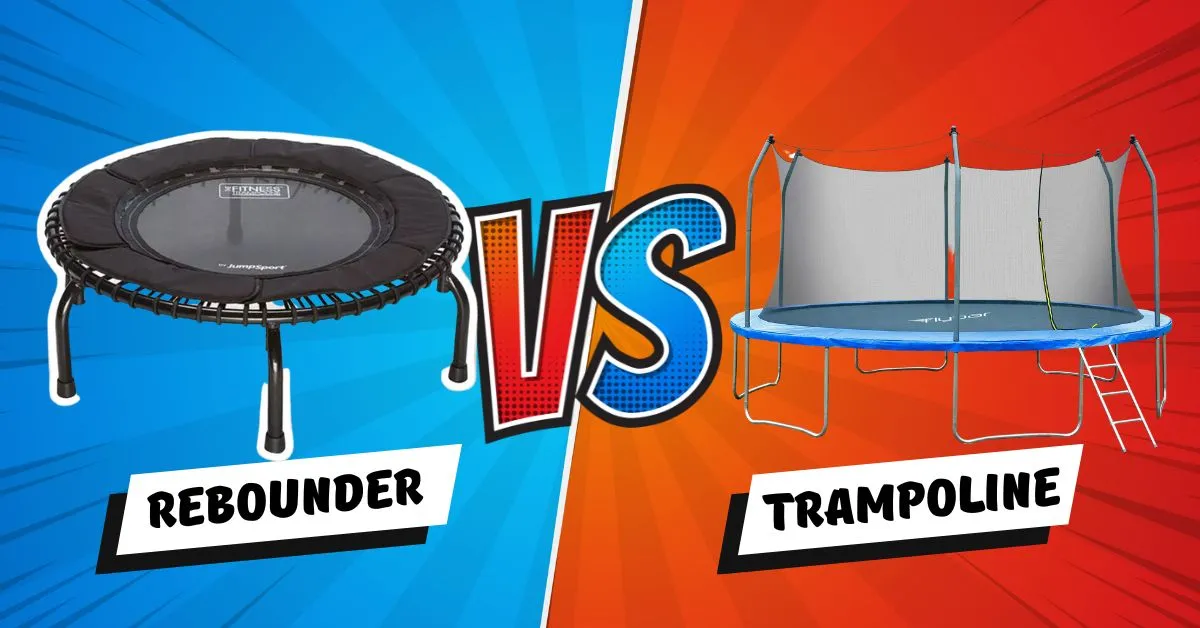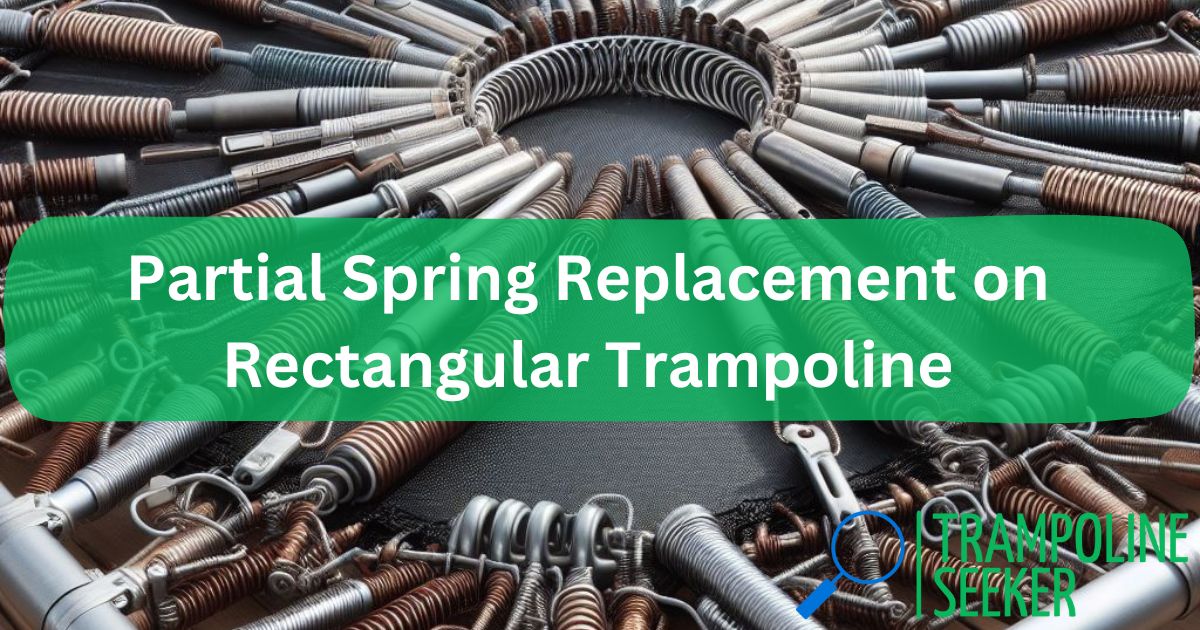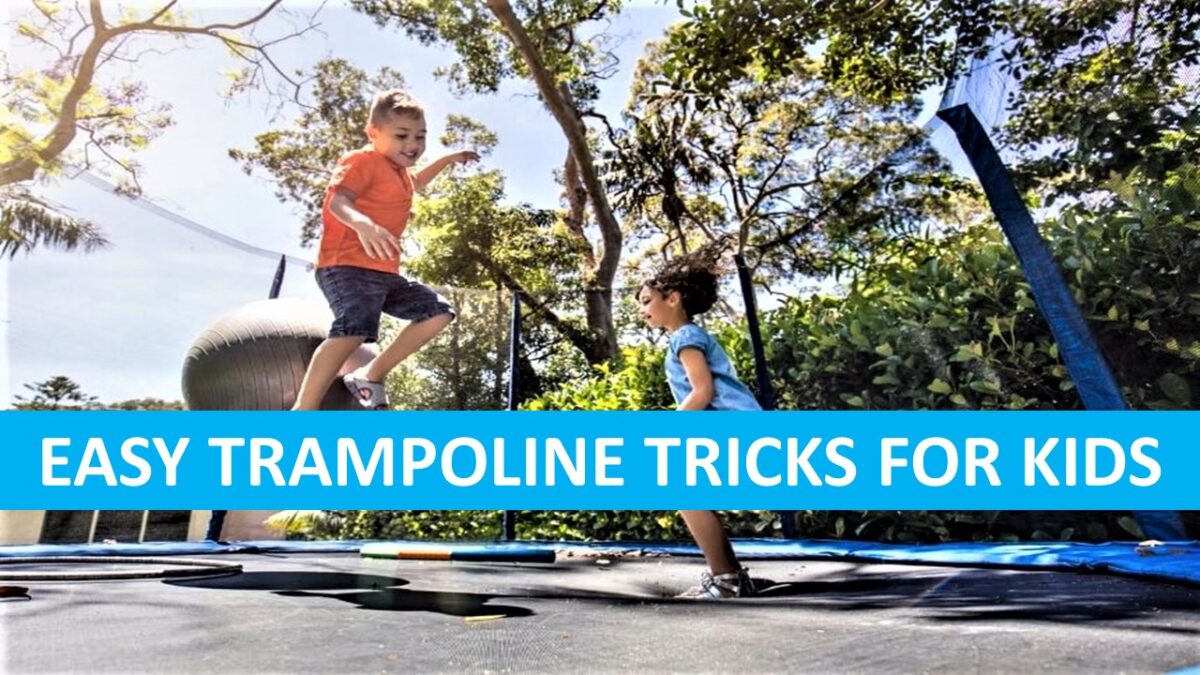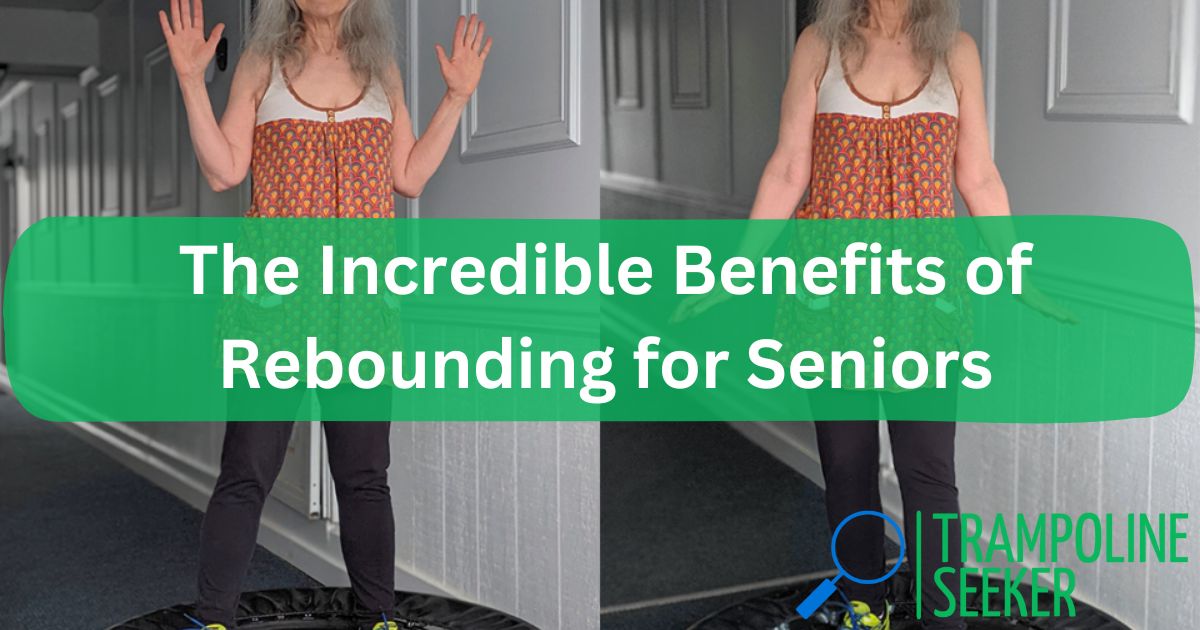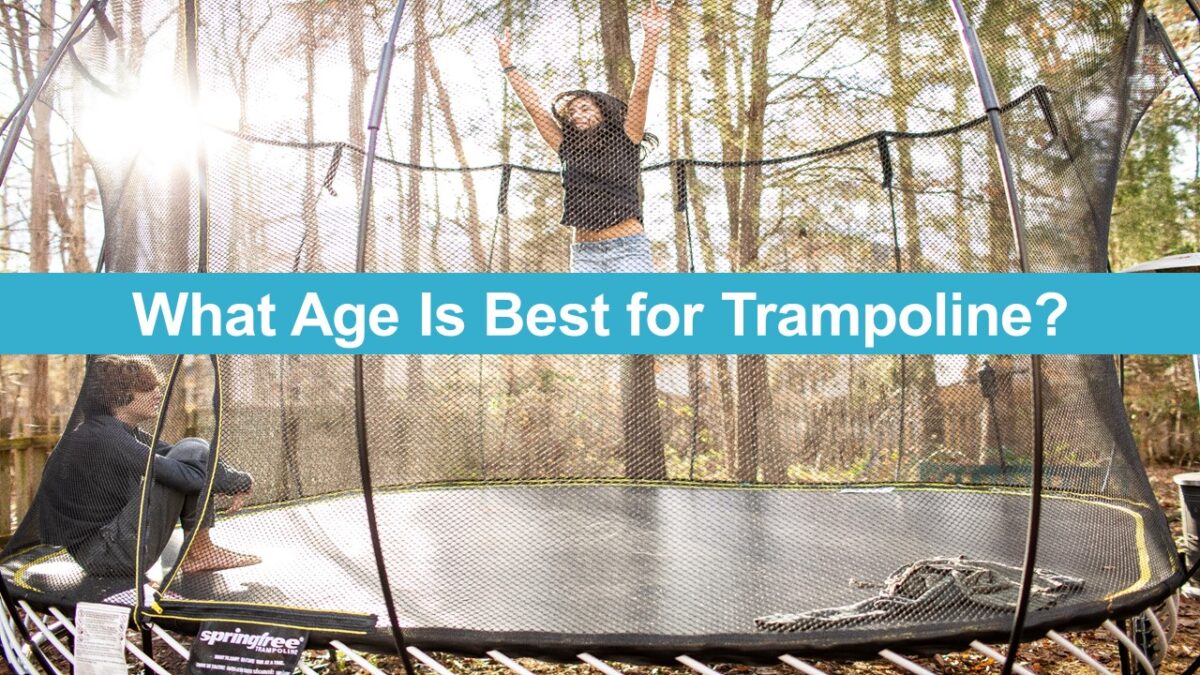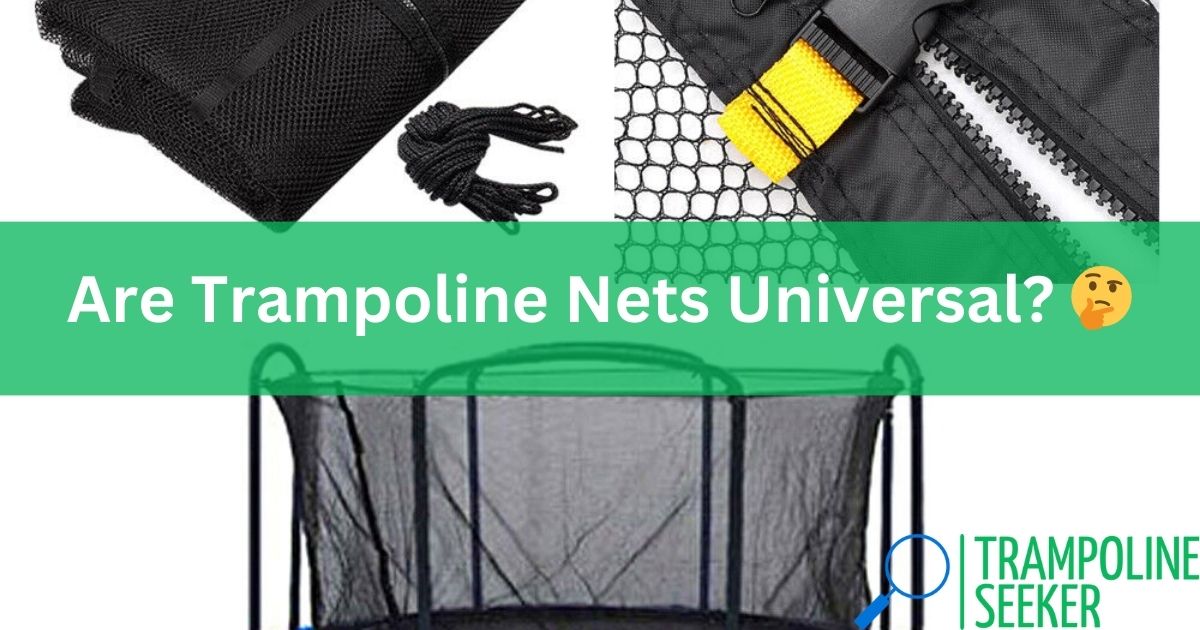As a parent looking to install a trampoline for my young kids in our small urban backyard, I embarked on extensive research to find the best options to fit our 12.5 foot space constrained on one side by a fence and the other by our house. Through analyzing online discussions with other parents and trampoline users, consulting manufacturer guidelines, and assessing our yard’s unique layout, I’ve compiled key consensus recommendations on how to safely install a trampoline to maximize playspace while minimizing risk.
In short, for a small yard less than 15 feet across, a round trampoline with protective netting and padding along the enclosure is likely the best shape and safety option. Rectangular or oval trampolines are ideal for maximizing jump space, but require significantly more clear distance on all sides. Specific product recommendations are shared later in this guide.
Key Factors to Consider in a Small Yard

Installing a trampoline in any sized backyard requires careful consideration of safety issues first and foremost. While trampolines can feel “constrained” in small spaces, insufficient clearance poses hazards that far outweigh gaining a few extra feet of play area.
Clearance Distance
Most trampoline manufacturers recommend having at least 23-30 feet of clear space on all sides of the trampoline from walls, structures, fences, trees and other obstacles. This accounts for the trampoline enclosure itself which extends beyond the jump surface, as well as allowing room for jumpers to safely land without colliding into a barrier.
For smaller yards, you may be able to get away with less distance in some areas, but three feet should be an absolute minimum distance between the safety enclosure netting and fence to avoid damage and injury. Even then, consider preventive measures like protective padding on fences or walls. Leave ample clearance from roof overhangs and low-hanging tree branches.
Also account for typical use patterns in your yard, so people can safely walk around the trampoline perimeter. And of course avoid installation under overhead utility lines!
Trampoline Shape
The shape of your trampoline significantly impacts the footprint size:
- Round – Most compact footprint, requiring about 16 feet with enclosure. Best for fitting smaller spaces.
- Rectangular – Offer greatest jump area but need length + width + 8-10 ft clearance on both ends. Usually at least 25x15ft.
- Oval – In-between round and rectangular in space needs. Roughly 20x12ft.
In most small yards, a round trampoline is the best shape choice. The limited space for rectangular and oval models makes them impractical and unsafe.
Trampoline Size
While larger trampolines can be more fun, bigger isn’t necessarily better in a small yard. Prioritize safety over maximizing jump space. Follow manufacturer clearance recommendations diligently, and don’t exceed personal jumping capabilities.
For casual family use, aim for 10-14ft round models. This allows room for multiple smaller jumpers while keeping the enclosure perimeter within safe clearance distances in tight spaces.
Must Read: Trampoline Size Guide
Additional Safety Considerations
Beyond basic clearance and layout, additional safety measures to consider include:
- Safety enclosure net – Necessary barrier to prevent falls and injuries. Look for tall nets with small openings that fully enclose trampoline edge.
- Thick protective padding – Should cover all hard surfaces of trampoline frame and springs. Protects from impact injuries.
- Anchor system – Critical for keeping trampoline firmly in place during use. Choose trampolines with anchor straps or stakes to secure the frame base to the ground.
- Single user recommended – Simultaneous/multiple jumpers increases risks of collisions and uncontrolled landings leading to injuries. Supervise use.
You can also build custom barriers like fence padding, dug pits, or hanging protective mats to further limit risks of wall/enclosure collisions. But again, maintaining adequate clearance distance on all sides is by far the most critical safety factor.
Must Read: Trampoline Safety Tips
Best Trampoline Recommendations for Small Yards
Taking into account all of the above guidance tailored specifically for small backyard spaces, below I share my top picks for trampolines based on safety, quality, durability and value:
Overall Best Trampoline for Small Yards – Zupapa 15 14 12 Ft TUV Approved Trampoline
Key Features:
- 15ft, 14ft and 12ft round size options
- Safety enclosure net + thick foam padding
- 130 8.5-inch rust-resistant galvanized steel springs
- Durable polypropylene jumping mat
- Tall poles with greater net height help prevent falls/injuries
Why it’s ideal for small yards:
- Multiple smaller size offerings to fit tight spaces
- TUV product safety certification
- Enclosure net + padding for security
- Sturdy build quality
- High weight capacity up to 375 lbs
Things to watch: Requires 16-30 ft clearance depending on size
Runner Up – Skywalker Trampolines Round Bouncer Trampoline with Enclosure Net
Key Features:
- Sizes from 8-15 feet
- Rust-resistant steel frame + poles
- UV-protected polypropylene jump mat
- 360-degree enclosure netting
Why it’s good for small yards:
- Very compact 8 and 10 foot options
- Meets ASTM safety standards
- Added stability from overlapping spring layout
- Affordable quality pick
Things to watch: Larger models still need substantial clearance
Honorable Mentions
While I don’t recommend these as primary picks given small yard constraints, they are quality options with full safety enclosures to consider:
- ORCC 8ft Trampoline – Great compact trampoline for toddlers, still has a safety enclosure.
- SkyBound Stratos 12ft Round Trampoline – 12ft model good compromise on size but still need 15ft clearance radius.
Conclusion and Key Takeaways
Installing a trampoline in a small yard under 15 ft across has its challenges, but is definitely possible if you carefully follow safety recommendations and choose an appropriately sized round trampoline. The Zupapa options offer the highest quality and durability for small spaces. Going with a compact 8-10 ft size can work for younger kids too.
The key takeaways are:
- Allow absolute minimum 3ft clearance between trampoline enclosure and any obstacles
- Choose round shape over rectangular for smallest footprint
- Look for models from reputable brands meeting ASTM safety standards
- Don’t compromise on safety netting, padding and anchoring
- Supervise all use and limit to one jumper at a time
Focus first and foremost on safety, not maximizing jump area. This ensures the trampoline remains an enjoyable activity rather than backyard hazard. With reasonable precautions, you can successfully install a trampoline even in the most compact yards for your little ones to bounce freely!
Other Trampolines:
- Bluerise 6ft Trampoline Reviews
- Little Tikes 7ft Trampoline Reviews
- Langxun 60 Mini Trampoline
- Best 8ft Trampoline With Enclosure
- SKYUP Trampoline 1500 lbs. 9-16ft Review
- Allstar 10-12-14 Ft Round Trampoline Review
- ORCC 8 10 12 14 15 16 Trampolines Review
- Little Tikes Climb N Slide Trampoline Review
FAQs
Should I bury part of the trampoline frame in the ground?
Partially burying the trampoline legs can allow you to install closer to fences while maintaining adequate clearance above ground for jumpers. However this takes more work, can lead to premature rusting, and still doesn’t negate needing sufficient side clearance for the enclosure. Often not worth doing over choosing a properly sized model.
Can I put a trampoline on a patio or deck area rather than grass?
It’s not impossible, but introducing a trampoline on a hard surface introduces new risks if jumpers were to fall off the pad onto concrete or wood decking. Grass or soft ground is highly recommended.
Are spring-less/bungee band trampolines safer options?
They can reduce certain pinch hazards but don’t necessarily eliminate any other common trampoline-related injuries. Safety netting and padding along with proper use supervision are vastly more important.
Articles You May Like to Read:


